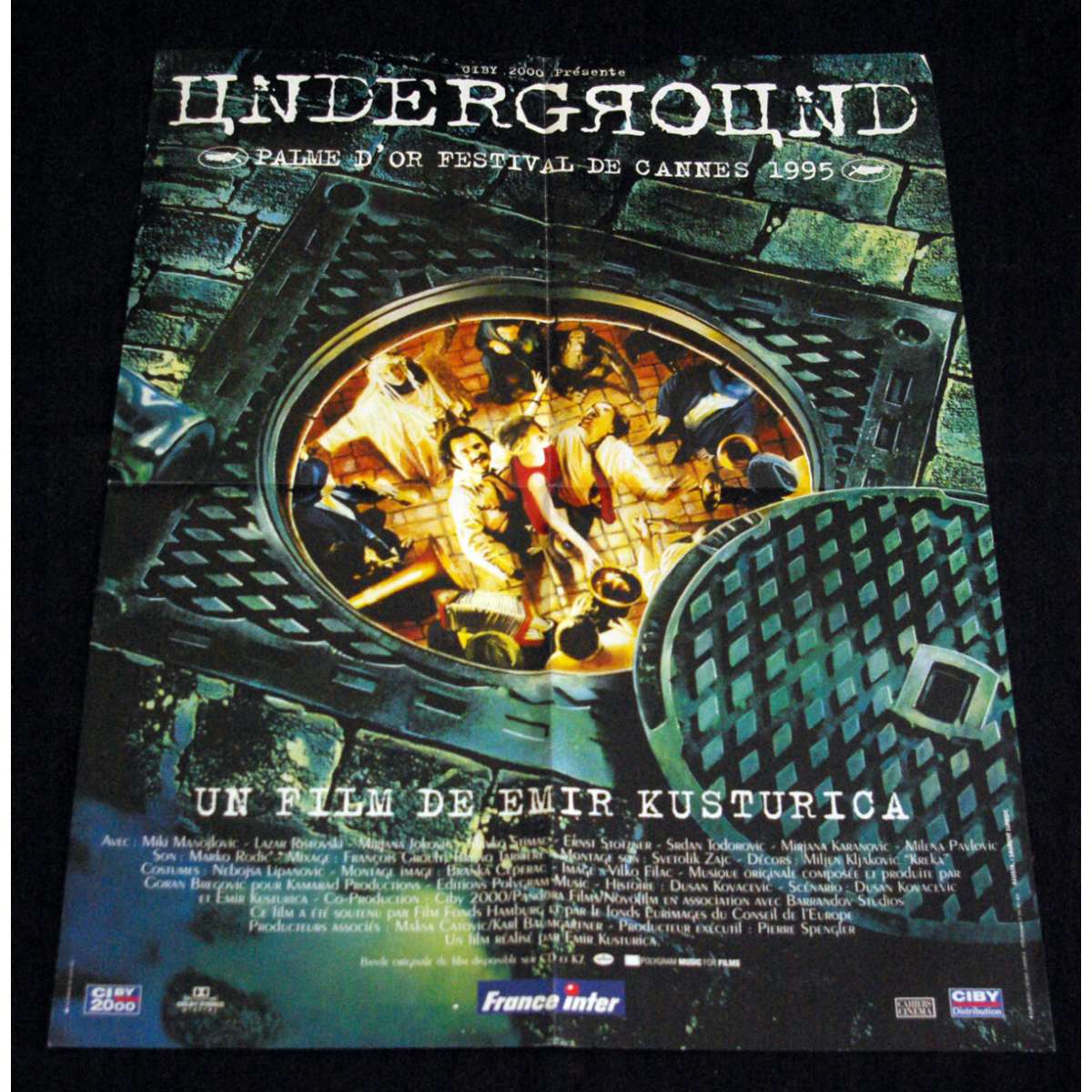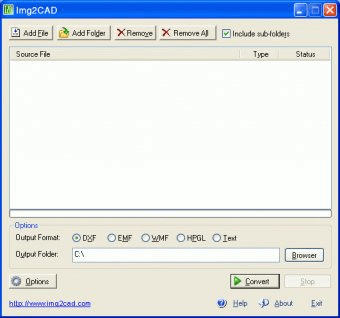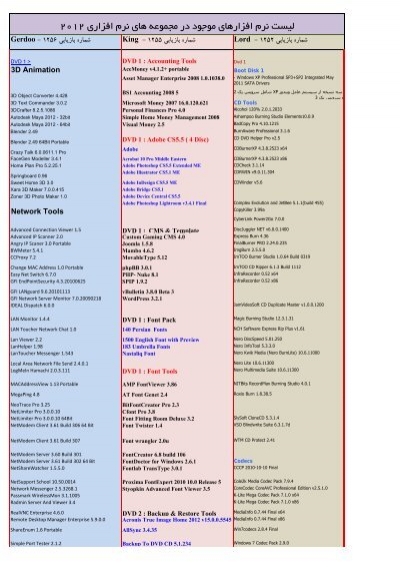Img2CAD is a Shareware software in the category Graphics Applications developed by Img2cad, Inc. It was checked for updates 31 times by the users of our client application UpdateStar during the last month. The latest version of Img2CAD is 7.6, released on.

The Piazzale delle Corporazioni (Square of the Corporations) is one of the most famous monuments in Ostia. Many mosaic inscriptions and depictions are related to maritime trade, to importing goods for Rome by ship: grain, oil (used in innumerable little lamps and as soap), fish and fish sauce, animals (for the amphitheatre), marble, and perhaps metal. Rome was a major focus of the Mediterranean trade, involving especially the western Mediterranean sea.
- Jul 24, 2020 Img2CAD 7.2. This tool allows you to convert any image file into vectorial image format. 4.2 (24 votes) 7.6 Img2CAD LLC. Review Comments Questions & Answers (1.
- Img2CAD Img2CAD img2cad img2cad review img2cad crack img2cad registration code img2cad full img2cad 7.2 img2cad mac img2cad 7.0 free download img2cad serial img2cad v7.0 Convert images into AutoCAD DXF, HPGL and other formats such as JPG to DXF, DWG, WMF, EMF.
The square is situated behind the theatre, from which it is separated by a long row of marble columns. Around the remaining three sides runs a double porticus, containing many small rooms. In the front and sometimes in the back rooms the many black-and-white mosaics can be seen from a modern path next to them. One marble inscription has survived (now attached to the back wall of one of the rooms), with the text NAVICVLARI AFRICANI: shippers from Africa. The mosaic inscriptions mention shippers (navicularii) and traders (negotiantes) that were united in guilds (collegia). Often these guilds had the status of corpus, a body. This status was given to a guild when it performed activities in the public interest. Many depictions can be seen of dolphins, ships and the lighthouse at Portus. Grain measures (pecks) refer to the most important commodity for the population of Rome. In the centre of the square was a temple, probably dedicated to the Imperial Annona, the personification of the food supply.
The rooms were in antiquity called stationes: stations or offices. The square was a Roman alternative for email and the mobile phone. Here the shippers and traders discussed all sorts of issues concerning the transport of goods, together with representatives of the Imperial government. What to do during a long wind calm, in case of bad weather, after jettison of the cargo, or after the sinking of ships? Should stocks from the warehouses in Portus be used? Could and should new loads depart from the ports? Should extra ships be deployed and if so, by whom?
The numbers of the offices are found on this plan. Most mosaics were installed in the late second and third century. In this period the theatre was rebuilt by Commodus and inaugurated by his successors Septimius Severus and his son Caracalla, in 196 AD. You can walk along the offices, with the archaeologist Guy de la Bédoyère as your guide. Another movie, presented on the square by Sergio Rinaldi Tufi, is provided by the Parco Archeologico.


- Photo strips:
Img2cad 7.2 Cubic Foot
- Panoramas:1
Img2cad 7.2 Oz
This section is accompanied by a drawing of the square based on the plan by Italo Gismondi, published in Scavi di Ostia I. The drawing however represents the current situation. Gismondi's plan, and those of Vaglieri (presumably also made by Gismondi) and Lanciani show many features that cannot be confirmed. Corrections and additional features are not based on actual measurements, but a sketch. You can view the drawing as image, or download the original CAD drawing: right click and 'Save target/link as' on: mainplan.dwg.1
- Marble lines and bands
- Thin red lines: thin marble line
- Thick red lines: thick marble band
- Blue lines: mosaic line, perhaps imitation of a marble line
- Masonry
- Cyan hatching: opus latericium
- Magenta hatching: opus vittatum
- Yellow hatching: rubble masonry
- J.Th. Bakker, 'The Piazzale delle Corporazioni in Ostia Antica: description and interpretation', http://www.ostia-antica.org/corp.htm
Img2cad 7.2 Full Crack
(1) The scan was converted with the software at https://convertio.co/nl/jpg-dxf/. See also https://www.img2cad.com/. The drawing was made with CorelCAD. To just view the drawing you should have installed a viewer, such as Autodesk DWG TrueView. Gismondi's plan (the original scan) is on layer 0.
(2) Photography by the Media Center for Art History, Department of Art History, Columbia University. Photographer: Tim Trombley. Date: 18 June 2018.
